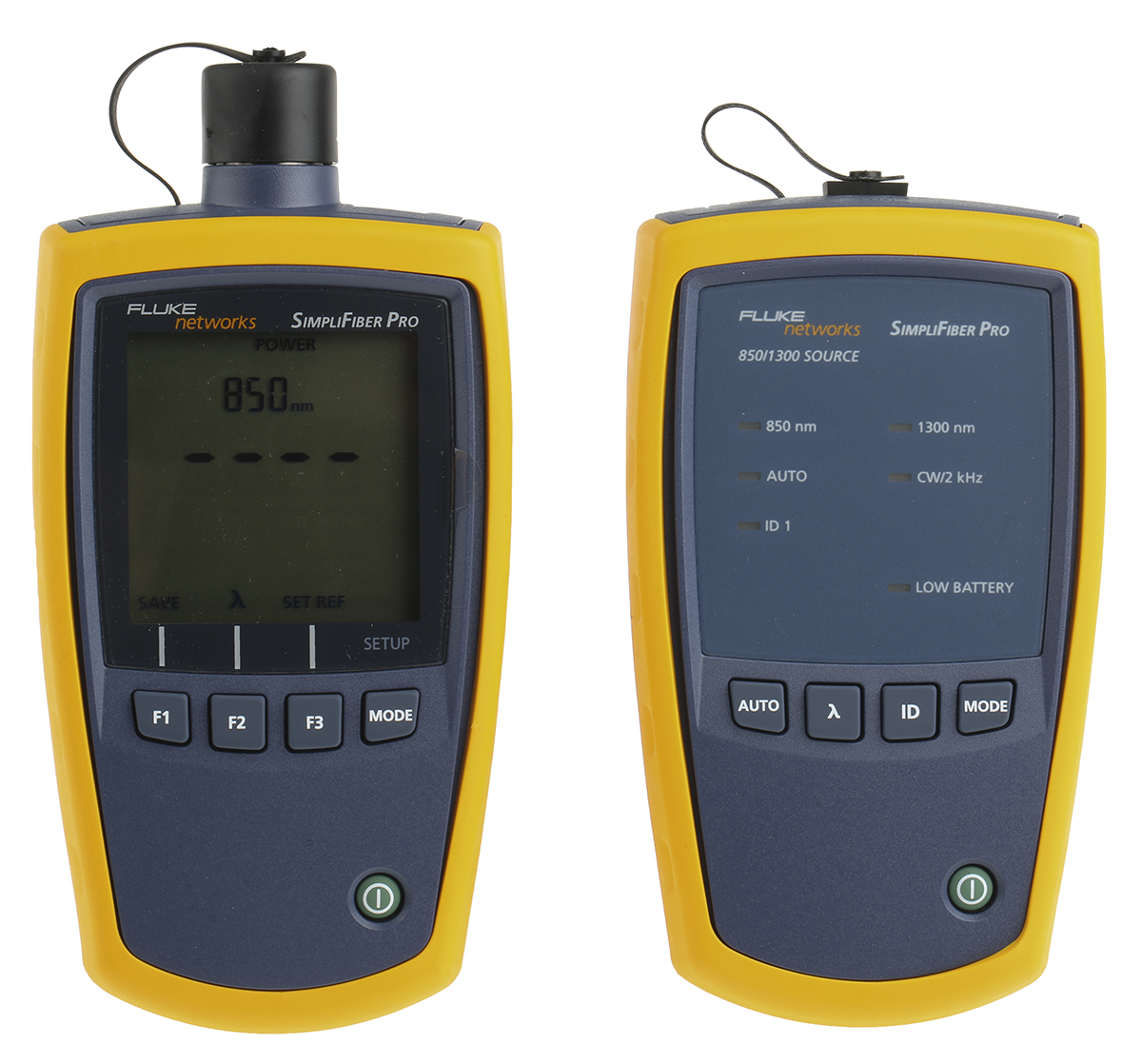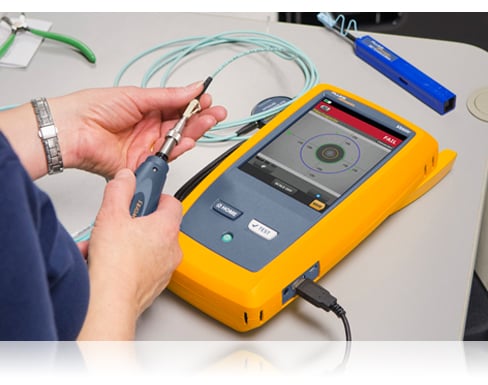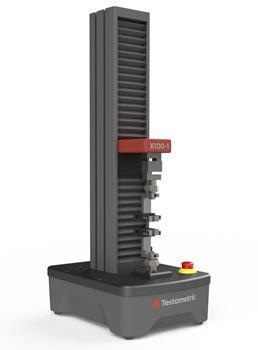How to Choose the right optical fibre diameter analyzer for your industry needs
How to Choose the right optical fibre diameter analyzer for your industry needs
Blog Article
A Comprehensive Guide to Optical Measurement System for Fiber Evaluation
When it pertains to fiber evaluation, comprehending optical measurement systems is crucial for assessing performance and ensuring quality. You'll explore essential techniques like interferometry and spectroscopy, which help you determine crucial specifications. Yet there's more to it than just these techniques; grasping attenuation measurement strategies can significantly affect your network's efficiency. As you browse with this overview, you'll discover insights that can change your method to optical fiber.
Comprehending Optical Measurement Equipments
When you check out optical dimension systems, you'll discover they're essential for analyzing fibers with accuracy. These systems utilize light to examine different attributes of fibers, including size, refractive index, and harmony. By using methods like interferometry and spectroscopy, you can get useful understandings into the fiber's properties.You'll locate that these systems are made to decrease errors and boost accuracy, making certain reliable information for your analysis. Various configurations, such as single-mode and multi-mode systems, deal with specific fiber kinds, permitting you to select the most effective fit for your needs.Moreover, the combination of innovative software devices aids you analyze the data effectively, making it simpler to determine any type of incongruities or problems. As you explore deeper into these dimension systems, you'll value how they enhance the analytical procedure and enhance the total high quality of fiber manufacturing and screening.
Trick Criteria for Fiber Evaluation
Key criteria for fiber evaluation play a crucial duty in identifying the high quality and performance of fiber optics. When you review a fiber, you'll wish to concentrate on attributes such as depletion, transmission capacity, and modal dispersion. Depletion gauges the loss of signal stamina as light travels with the fiber. A lower depletion value suggests much better quality and longer transmission distances - optical fibre diameter analyzer.Bandwidth refers to the data-carrying ability of the fiber and is crucial for high-speed communication. You'll require to examine the transmission capacity to ensure it meets your application demands. Modal dispersion, which develops from the different rates at which light travels with numerous settings in multimode fibers, impacts signal clarity
Techniques for Attenuation Measurement

Bandwidth and Its Effect On Efficiency
Recognizing bandwidth is necessary for maximizing fiber efficiency, as it directly affects the amount of information that can be sent over a network. Higher transmission capacity implies you can send out more info at the same time, permitting faster interaction and better total performance. When you're dealing with fiber optics, it's essential to take into account just how data transfer interacts with fiber qualities, such as core size and product properties.If the data transfer is restricted, you might experience data loss or slower speeds, impacting your applications. In addition, different sorts of fibers can sustain varying bandwidth degrees, so it is essential to pick the right fiber for your details needs.You should additionally remember that ecological elements, like temperature level and exterior disturbance, can influence transmission capacity. By recognizing these elements, you can make informed choices to improve your fiber optic systems, making certain dependable and efficient information transmission.
Refractive Index Measurement Methods

Total Inner Representation
Overall interior representation (TIR) functions as an essential principle for measuring the refractive index of fibers. When light travels from a denser medium to a less dense one, it can only be fully shown if the angle of incidence exceeds a particular limit, referred to as the crucial angle. This phenomenon allows you to determine the refractive index by assessing the angles at which light shows or refracts. By utilizing a setup that guides light right into a fiber and measures the resulting angles, you can determine the refractive index properly. Understanding TIR not only boosts your fiber analysis yet also improves the layout and efficiency of optical systems. Leveraging TIR can lead to a lot more efficient fiber-based applications.
Interferometric Methods
Building on the concepts of complete visit here inner reflection, interferometric strategies offer an effective means for gauging the refractive index of fibers with high precision. These techniques manipulate the disturbance patterns developed when beams split and recombine after taking a trip different paths. You can utilize arrangements like the Michelson or Mach-Zehnder interferometer to analyze stage changes brought on by changes in refractive index. By very carefully adjusting your system and evaluating the resulting edges, you can identify the refractive index with exceptional accuracy. It's important to preserve steady ecological problems to lessen mistakes. With these methods, you'll enhance your understanding of fiber properties, bring about far better performance in numerous applications, from telecoms to sensing unit technology.
Modal Diffusion and Its Value
Modal diffusion describes the spreading of light pulses as they travel with a fiber, which can affect the overall performance of the system. You'll see that this sensation can result in signify distortion, impacting information transmission prices and top quality. Recognizing its significance is vital for optimizing fiber optic designs.
Interpretation of Modal Diffusion
In fiber optics interactions, modal diffusion plays a considerable role in figuring out signal quality and transmission speed. It takes place when various light settings take a trip at differing rates through the fiber. Since each mode has distinct courses and qualities, they can reach the receiving end at different times. This time difference can lead to signal dispersing and distortion, which can deteriorate the total efficiency of the interaction system. You might experience modal dispersion mostly Our site in multimode fibers, where the numerous paths of light intensify the issue. Understanding modal dispersion is necessary for optimizing fiber layouts and guaranteeing that your communication systems operate efficiently, keeping the integrity of the transmitted signals over longer distances.
Impacts on Fiber Efficiency
Recognizing modal dispersion helps highlight its effects on fiber efficiency. This sensation takes place when different settings of light traveling at differing speeds within the fiber, leading to signal spreading over time. As you evaluate optical fibers, you'll see that boosted modal dispersion can significantly weaken signal quality, leading to lowered bandwidth and longer transmission ranges. In functional terms, this implies your information can show up altered or postponed, affecting general communication performance. To mitigate these results, you may consider using single-mode fibers, which reduce modal diffusion. By selecting the best fiber kind and understanding how modal diffusion affects efficiency, you can boost transmission quality and warranty reputable information transfer in your optical dimension systems.
Tools and Technologies for Optical Measurements
When it pertains to optical dimensions, numerous ingenious tools and modern technologies are at your disposal to enhance fiber evaluation. You'll find fiber optic testers, which examine signal top quality and performance, necessary for maintaining optimal network efficiency. Optical time-domain reflectometers (OTDRs) are important for finding mistakes and gauging loss over ranges, providing thorough insights right into fiber stability. In addition, spectrometers can analyze light ranges, assisting you determine material properties and composition.Don' t forget the value of imaging systems, like digital microscopes, that enable you to aesthetically inspect fiber surface areas for defects. Take into consideration making use of polarization analyzers to gauge stress and anxiety and strain in fibers, which is necessary for understanding their habits under various problems. By leveraging these devices and technologies, you can greatly improve your fiber why not look here evaluation processes, ensuring reliability and high performance in your optical networks.
Often Asked Questions
What Are the Costs Connected With Optical Measurement Solutions?
The expenses connected with optical dimension systems can vary considerably. You'll need to examine equipment rates, maintenance fees, software program licenses, and possible training expenditures. Budgeting very carefully will help you avoid unforeseen economic challenges down the line.

Exactly How Often Should Fiber Evaluation Be Performed?
You ought to perform fiber analysis frequently, commonly every six months or after considerable changes in the atmosphere (fiber measurement). This assures excellent performance and assists recognize prospective problems prior to they influence your system's effectiveness and integrity
Can Optical Measurement Systems Be Adjusted at Home?
Yes, you can calibrate optical dimension systems at home, but it calls for accuracy. Make sure you follow the producer's standards, make use of suitable calibration requirements, and double-check your outcomes to ensure precision in your dimensions.
What Industries Commonly Utilize Optical Measurement Equipments?
You'll find optical measurement systems commonly made use of in industries like telecommunications, production, medical care, and study. They're important for quality assurance, fiber evaluation, and making sure specific dimensions in various applications, enhancing effectiveness and precision throughout sectors.
Are There Any Safety And Security Issues With Optical Measurement Solutions?
Yes, there are security interest in optical measurement systems. You need to always wear safety glasses to secure your eyes from intense lights and guarantee correct training to handle tools securely and prevent mishaps.
Report this page